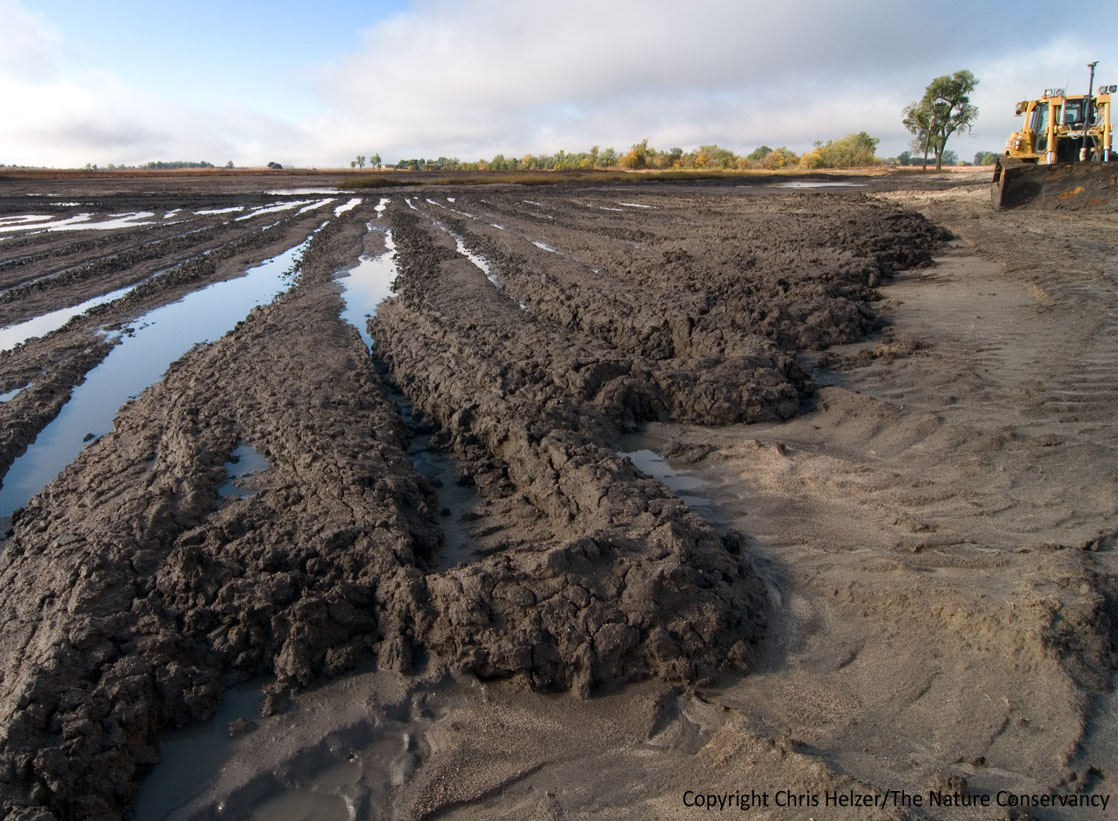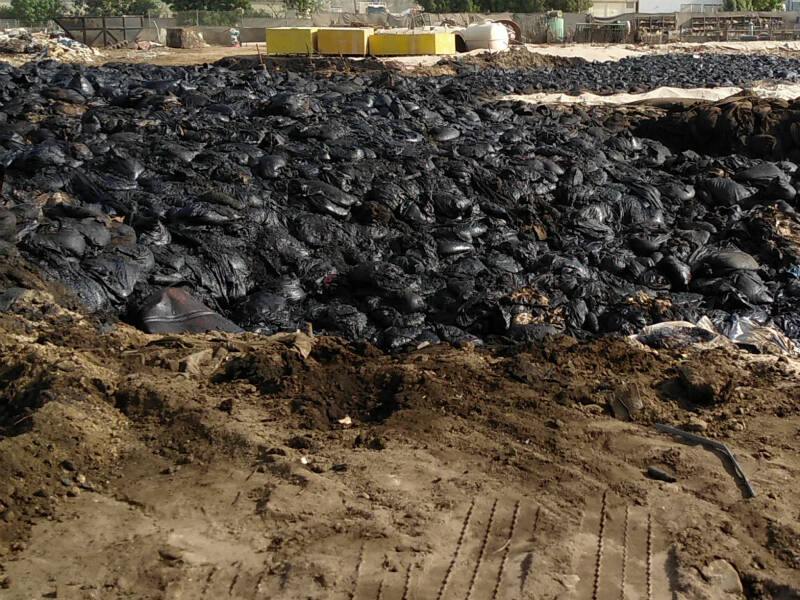Oil sludge, a byproduct of oil and gas exploration and production activities, poses significant environmental and logistical challenges. Comprising a mixture of oil, water, solids, and various contaminants, oil sludge requires specialized treatment for effective management. Thermal desorption and disposal techniques have emerged as promising solutions to remediate oil sludge, recover valuable resources, and minimize environmental impact. In this comprehensive exploration, we delve into the intricacies of thermal desorption unit, its applications, benefits, challenges, and its role in sustainable waste management practices.

Understanding Oil Sludge
Oil sludge, also known as tank bottom sludge or oily waste, is generated throughout the oil and gas industry’s lifecycle, from drilling and production to refining and transportation. It typically consists of a complex mixture of:
Hydrocarbons: Petroleum-based compounds including crude oil, diesel, and lubricants.
Water: Contaminated water entrained with hydrocarbons and suspended solids.
Solids: Inorganic particles, clay, sand, and corrosion products.
Contaminants: Heavy metals, organic pollutants, and hazardous substances.
The composition of oil sludge varies depending on the source, processing methods, and storage conditions. Its high viscosity, low permeability, and hazardous nature make conventional treatment and disposal methods challenging and costly.
Thermal Desorption: Principles and Processes
Thermal desorption is a remediation technique that utilizes heat to separate contaminants from solid matrices, such as soil, sediment, or oily waste. View this case: pyrolysis plant manufacturers uk. The process involves heating the contaminated material to elevated temperatures, causing the volatilization and subsequent separation of contaminants from the substrate. Thermal desorption systems typically consist of the following components:
Feed System: Oil sludge is fed into the thermal desorption unit, where it undergoes heating and processing.
Heating Chamber: The heating chamber provides controlled temperature conditions, typically ranging from 200°C to 600°C, to facilitate the desorption of contaminants.
Vapor Recovery System: Vapors and gases released during desorption are captured and treated to remove contaminants before discharge.
Solid Residue Handling: After desorption, the remaining solid residue, or “cleaned” soil, is discharged from the system for further processing or disposal.
The thermal desorption process can be tailored to target specific contaminants based on their volatility and thermal stability. By controlling temperature, residence time, and process conditions, thermal desorption offers an effective means of removing organic pollutants, hydrocarbons, and hazardous substances from oil sludge.

Applications of Thermal Desorption for Oil Sludge Management
Oilfield Remediation: Thermal desorption is widely used in the oil and gas industry for the remediation of contaminated soil, drilling cuttings, and tank bottoms. By treating oil sludge onsite or at centralized facilities, operators can mitigate environmental risks, comply with regulatory requirements, and restore impacted sites to their original condition.
Refinery Operations: Refineries generate significant quantities of oily waste, including tank bottom sludge, spent catalysts, and process residues. Thermal desorption provides a cost-effective and environmentally sustainable solution for managing refinery waste streams, recovering valuable hydrocarbons, and minimizing disposal costs.
Industrial Waste Management: Beyond the oil and gas sector, thermal desorption is applicable to a wide range of industrial waste streams contaminated with organic compounds, petroleum hydrocarbons, and hazardous substances. By customizing desorption processes to target specific contaminants, industries can achieve compliance with environmental regulations and reduce liabilities associated with waste disposal.
Resource Recovery: Thermal desorption not only facilitates the remediation of oil sludge but also enables the recovery of valuable resources, including crude oil, diesel, and other hydrocarbons. By distilling and condensing vapors released during desorption, operators can recover and reuse valuable products, thereby maximizing resource efficiency and reducing reliance on virgin feedstocks.
Benefits of Thermal Desorption for Oil Sludge Treatment
Efficiency: Thermal desorption offers rapid and efficient removal of contaminants from oil sludge, reducing treatment time and minimizing operational downtime. By achieving high removal efficiencies, operators can expedite site remediation, enhance productivity, and reduce overall project costs.
Versatility: Thermal desorption can accommodate a wide range of oil sludge compositions, including varying levels of hydrocarbons, solids, and contaminants. Its versatility allows for the treatment of diverse waste streams, from light oily sludge to heavy tar sands, without the need for extensive pretreatment or sorting.
Environmental Protection: By effectively removing contaminants from oil sludge, thermal desorption helps prevent soil and groundwater pollution, mitigate ecological risks, and safeguard human health. By complying with stringent environmental regulations and best practices, operators can demonstrate their commitment to responsible waste management and corporate stewardship. The oil sludge pyrolysis plant for sale is a good choice for reduce oil sludge waste.
Resource Optimization: Thermal desorption enables the recovery and reuse of valuable resources embedded in oil sludge, including hydrocarbons and minerals. By extracting and recycling these resources, operators can minimize waste generation, conserve natural resources, and promote a circular economy approach to waste management.
Challenges and Considerations
Energy Consumption: Thermal desorption requires significant energy input to heat and maintain elevated temperatures throughout the treatment process. Minimizing energy consumption and optimizing process efficiency are essential to reduce operational costs and environmental footprint.
Residue Management: While thermal desorption effectively removes contaminants from oil sludge, it generates solid residues that require further handling and disposal. Proper management of solid residues, including characterization, stabilization, and disposal, is crucial to prevent secondary environmental impacts and ensure regulatory compliance.
Cost Considerations: While thermal desorption offers numerous benefits, including efficiency, versatility, and resource recovery, it can be associated with high upfront capital costs and operational expenses. Cost-benefit analyses, feasibility studies, and lifecycle assessments are essential to evaluate the economic viability and sustainability of thermal desorption projects.
Regulatory Compliance: Compliance with environmental regulations, permitting requirements, and waste management standards is paramount for thermal desorption projects. Engaging regulatory authorities, conducting environmental impact assessments, and obtaining necessary permits are critical steps in ensuring legal compliance and public acceptance.
Future Directions and Innovation
The future of thermal desorption for oil sludge treatment lies in technological innovation, process optimization, and sustainable practices. Key areas for future research and development include:
Advanced Heating Technologies: Research into advanced heating technologies, such as microwave heating, induction heating, and solar thermal energy, can enhance the efficiency and sustainability of thermal desorption processes while reducing energy consumption and greenhouse gas emissions.
Integration with Bioremediation: Combining thermal desorption with biological treatment methods, such as bioremediation and phytoremediation, can synergistically enhance the remediation efficiency and reduce overall treatment costs by leveraging the complementary strengths of both approaches.
Material Recovery and Valorization: Expanding the scope of resource recovery from oil sludge, including the extraction of rare earth elements, metals, and minerals, can create new revenue streams and promote the circular economy principles of waste valorization and resource optimization.
Smart Monitoring and Control Systems: Implementing advanced monitoring and control systems, including remote sensing, real-time data analytics, and machine learning algorithms, can optimize process parameters, improve operational efficiency, and ensure compliance with regulatory requirements.
Conclusion
Thermal desorption offers a versatile, efficient, and sustainable solution for the remediation and disposal of oil sludge, addressing environmental challenges while recovering valuable resources. By harnessing the power of heat, operators can effectively remove contaminants from oily waste, mitigate environmental risks, and promote responsible waste management practices. As technology continues to evolve and innovation drives progress, thermal desorption holds immense potential to transform oil sludge treatment, advancing towards a cleaner, greener, and more sustainable future for the oil and gas industry and beyond.